Uncover
Healthy v. Unhealthy Soil
What makes soil healthy?
How does healthy soil help create a healthy ecosystem?
Sometimes we think of soil as nothing more than dirt that makes a mess when tracked inside! But soil is a bustling miniature world of diverse living things hidden from our view, vital to the health of our earth. Healthy soil ecosystems have all the same components of more visible ecosystems like forests, grasslands, or wetlands.
Not only does healthy soil support its own ecosystem, but it is essential for the survival of the ecosystems living on it. For example, in a forest, healthy soil provides a place for plants to anchor themselves and grow, is a source of water and nutrients, and is a place for burrowing animals to nest. Soil also supports human efforts to grow and harvest food.
How are carbon and minerals important to healthy soil?
Healthy soil is packed with organic (or carbon-based) matter and minerals that become nutrients for plants and microorganisms (living things that can only be seen with a microscope). The mineral nutrients come primarily from weathering rocks and from living and decomposed organic matter, and secondarily from rainfall and interactions between soil organisms and the atmosphere.
Carbon comes from the dead and living organisms on top of and within the soil. When carbon-based plants and animals die, their bodies decay with the help of soil decomposers, and the carbon moves into the soil. When living plants photosynthesize, they make carbon-based sugars for food. Most of these carbon-based sugars are drawn down into plant roots, while some move out into the soil.

How are living organisms important to healthy soil?
Scientists have estimated that soil is home to about a third of all of Earth’s living organisms. One tablespoon of healthy soil has more individual living organisms than the total number of humans on Earth! This includes microorganisms (bacteria, protozoa, and some fungi) and macroorganisms (worms, beetles, and other things you can see without magnification). Microorganisms, particularly bacteria and fungi, spend their time breaking down the carbon-rich organic matter and releasing nutrient-rich waste into the soil. This process is called decomposition, and makes the nutrients easily available for plants to absorb and use. In contrast, unhealthy soil has very few, if any, microorganisms. Without these creatures, organic matter does not get broken down and plants don't have access to vital nutrients.

Healthy v. Unhealthy Soil
Let's take a closer look at what healthy and unhealthy soil looks like. On the left is an example of healthy soil; it's dark, moist, and growing healthy plant life! On the right is unhealthy soil - highly compacted and without much life in it at all. What makes soil healthy or unhealthy? Take a look below and find out!
In healthy soil, carbon-based organic matter helps create pockets in the soil that store air and water. These pockets allow resident plants and animals to breathe and move easily. In healthy soil, the water that falls on top of it is quickly absorbed and stored in air pockets. When all the air pockets are filled and the soil is fully saturated, the extra water is able to drain through the soil to other deeper pockets. The spongy feel of healthy soil is because of these air pockets.
Unhealthy compacted soil, on the other hand, will feel hard and solid, and limit the movement of animals and growth of plant roots. Much of the water on compacted soil is not absorbed. Instead, it runs across the soil surface, carrying away loose soil with it (in a process known as erosion). Thirsty plant roots and soil organisms beneath the surface miss out on much-needed water when erosion occurs.

